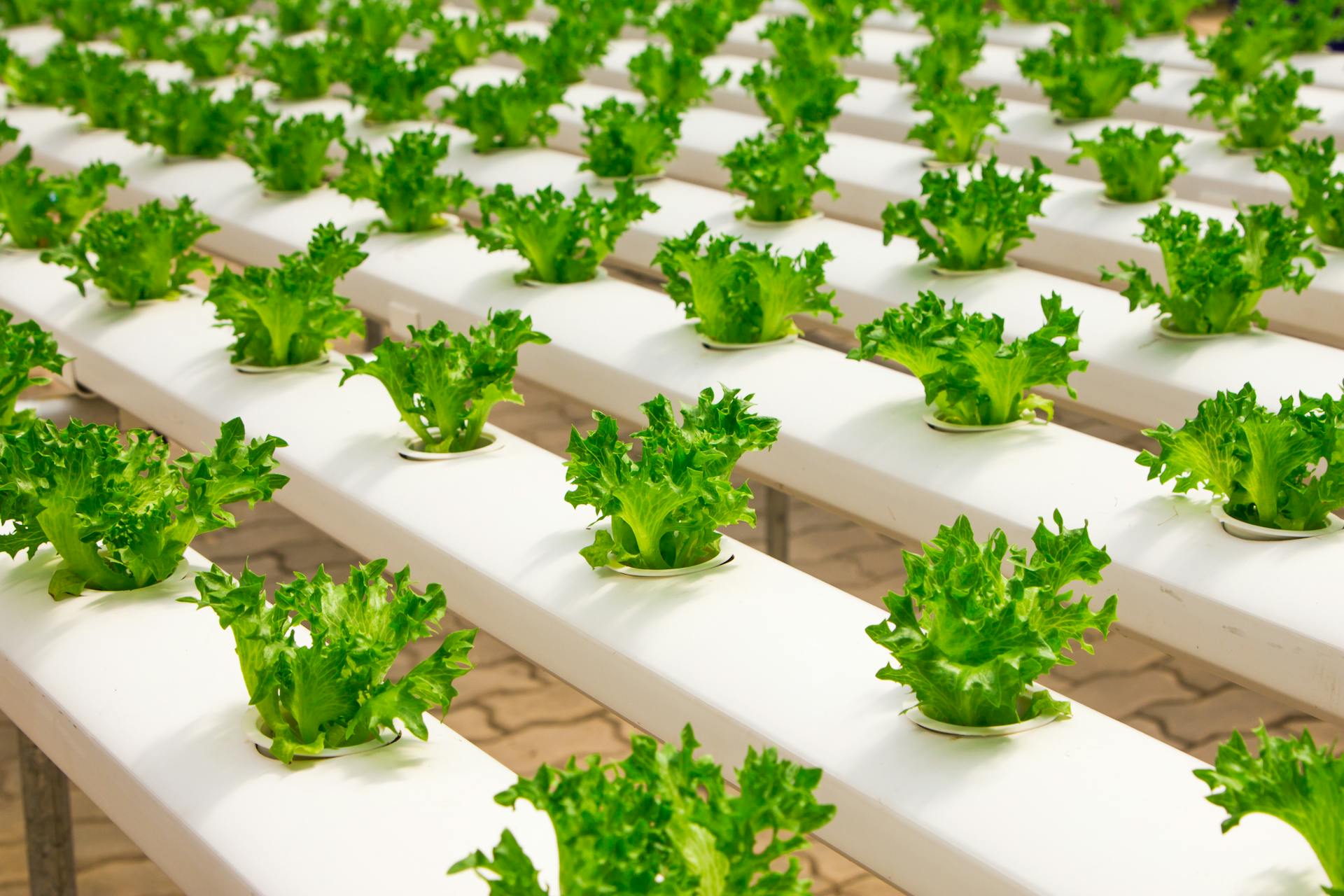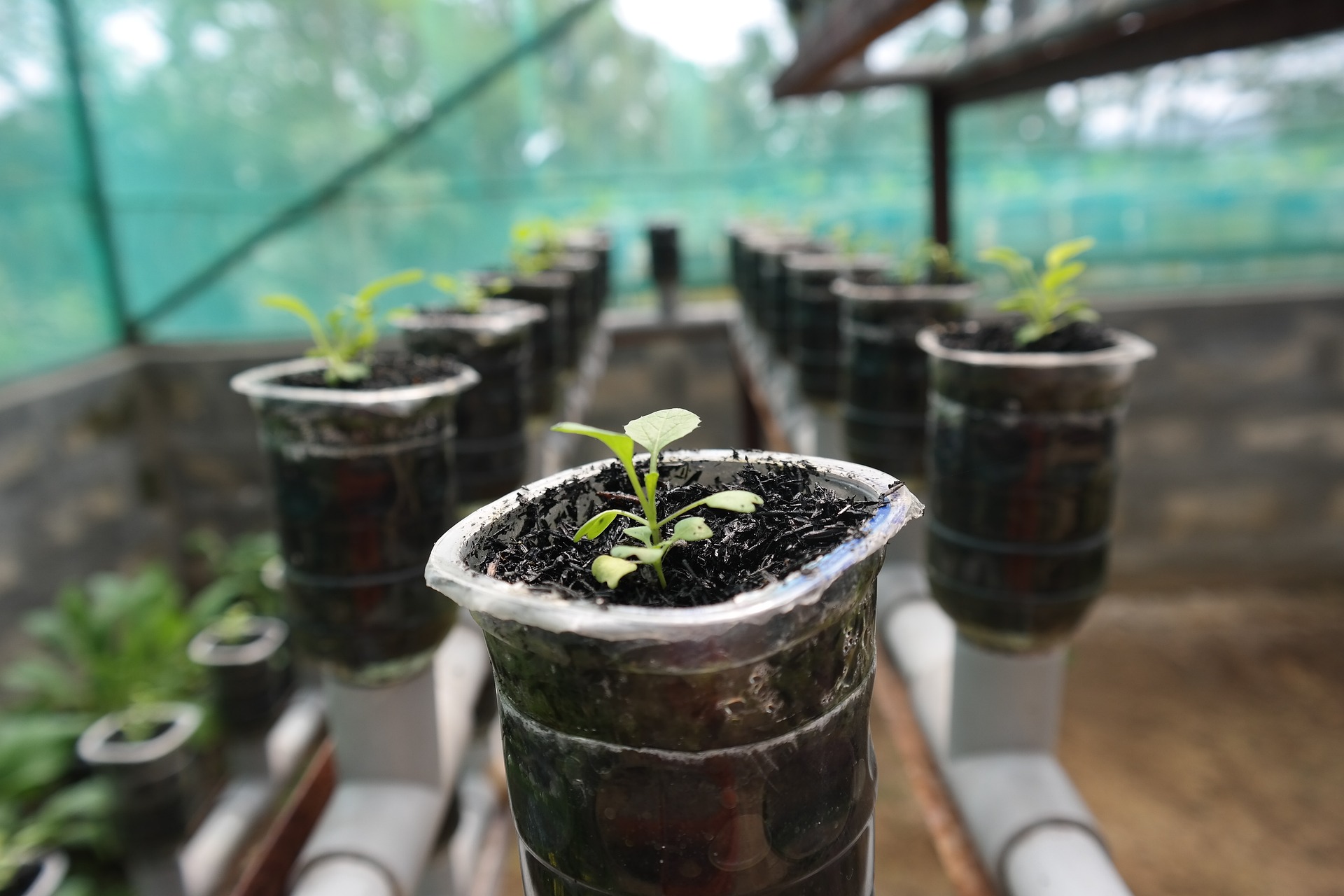How to Build a Hydroponic Garden for Beginners

Introduction
Though you have no big yard or space in your outdoor of house, you can grow vegetables and other plants easily by following hydroponic garden ideas. ‘Hydro’ means water and ‘ponos’ means work. Here you understand that in a hydroponic garden, water does all the work. Containers are used in hydroponic garden to grow the plants. In this process, you can cultivate plants without soil. Without soil you can use vermiculite, perlite, or coconut coir. In certain ways, this idea is better than soil and indoor garden growing gives you more control. As a beginner you can leverage hydroponics that will make your gardening easy and enjoyable.
Benefits of Hydroponic Garden
Hydroponic gardening offers many benefits. This is important for space efficiency. Vertical growth and space maximizing are offered by hydroponic garden. A beginner can easily start hydroponic gardening in a small place. In traditional gardening, it uses too much water and also wastewater very much. But Hydroponic garden don’t use a lot of water like traditional garden because the water is recirculated in this process. For instant, a hydroponic garden is best because plants grow faster in hydroponic gardening.
Optimal nutrient availability and environmental control contain faster growth of plants. Hydroponic reduces pesticide use and lead to fewer chemical treatments. This systems can be set up indoors or in greenhouses, allowing for year-round cultivation regardless of weather. Higher yields can be produced by hydroponic. Soil gardening produces less yields than hydroponic. Soil- borne diseases can’t be happened as in this system soil is not needed. Though your urban or regions areas have poor soil, you can be a successful gardener by following Hydroponics system.
Disadvantage of Hydroponic Garden
There are a lot of benefits of Hydroponic gardening but also this system has some disadvantages. Let’s talk about them –
Hydroponic systems cost more than soil gardening. As a beginner you need more education to continue gardening in this system where soil gardening processes don’t need that much education and knowledge.
Regular monitoring is essential and you have to make sure everything is functioning properly. One of the worst disadvantages is plants are susceptible to waterborne diseases. The last one is that roots are vulnerable without soil around them in this hydroponic system.
Hydroponic Gardening Methods

There are some common methods of hydroponic gardening. You have to follow them to create a hydroponic garden in your small place.
Let’s talk about them in details –
- Nutrient Film Technique (NFT): Plants are provided by hydroponic system with film of nutrient-rich water. First of all design the system. Slopped channel or continues flow systems are usually designed in NFT method. Slopped channel allow water to flow downwards and Continuous flow system create a thin film that coats the roots. The roots absorb nutrients directly from the film and promote efficient nutrient uptake. NFT system recirculates the solution and help roots to exposed air. You have to enhance oxygen absorption and prevent root rot. NFT uses less water and leads to quicker plant growth. Also vertical setup options maximize space. Regular monitoring and pump dependency is important in this method. They help to prevent imbalances and nutrition deprivation. Lettuce and herbs suit best in NFT. For better result, clean the channels an reservoirs. Cleaning prevent algae and clogs.
- Deep Water Culture (DWC): Deep Water Culture (DWC) allows plants to grow in a nutrient-rich water solution. Before designing the system, ensure the containers are filled with water and nutrients. You can used net pots to allow roots to dangle into the nutrient solution. Aeration supplies oxygen to the water through air stones and ensure that the roots receive adequate oxygen. Rapid growth, simplicity and water efficiency are the advantages of DWC. To ensure healthy growth of plants, check regularly on pH and nutrient levels. The nutrient solution should be kept at optimal temperatures (65-75°F) to prevent root diseases. Choose Suitable Plants and ensure regular maintenance to get better result. Adequate lighting is essential for plant growth .
- Ebb and Flow (Flood and Drain): Ebb and Flow (Flood and Drain) in Hydroponic Gardening is a hydroponic system that periodically floods the grow tray with nutrient solution and then drains it back into a reservoir. Maybe you don’t have any ideas about grow tray or reservoir. Grow tray is the tray where plants are placed and a reservoir holds the nutrient solution. Hope you understand them. This system have many advantages like oxygenation, versatility, water efficiency etc. Regular cleaning and checking are necessary for plant health. Ensure a proper slope for drainage and use a timer to control flooding cycles. Choose a medium that retains moisture yet allows for good drainage. Select the suitable plants like leafy greens, herbs, and small fruits.
- Wick System: The hydroponic system which can utilize a wick to draw nutrient solution from a reservoir to the plant roots. In this system, first of all placed the plants in a medium like clay pellets or rock wool. A wick extends from the reservoir into the growing medium, drawing the nutrient solution upward through capillary action. This is a simple and low-maintenance system. It doesn’t require pumps or electricity and reduce complexity and cost. This system is ideal for beginners for all these benefits. There is a limitation of this system – It may not provide enough oxygen to the roots and can be less efficient for larger plants.
- Aeroponics: Aeroponics increase oxygen exposure that lead to faster root development and overall plant growth. This system is famous for its water efficiency and disease prevention. This is an advanced hydroponic technique. In this system, plants are grown in an air or mist environment without the use of soil. Aeroponics system delivered a nutrient solution directly to the roots in the form of a fine mist. Aeroponics play an important rule in nutrients delivery. It provides them with oxygen and nutrients simultaneously. Also it promotes rapid growth. Proper maintenance and using of technology can give you better result. Continuous monitoring is essential to prevent drying out, as roots can quickly become stressed.
- Vertical Hydroponics: Vertical hydronics is ideal for urban areas with limited space. This system is best for higher plant density. It is a method of growing plants in vertically stacked layers or columns, utilizing hydroponic systems to maximize space and efficiency. You can design it to optimize light exposure and for indoor garden, use grow lights. This method also uses less water than soil gardening. Its closed-loop system recycle nutrient solution. There are some advantages like, vertical gardening maximize yield, reduced Pest Issues and easy to manage and harvest plants at different heights. Regular monitoring can help you to get a better result.
Conclusion
Hydroponic garden is best for beginners as here you can grow plants without soil or large place and can control the growing conditions properly. For faster growth and higher yields, hydroponic gardening is best. If the quality of the gardens soil is poor, you can grow plants easily with this method. Overall hydroponic gardening would be a fantastic idea for global population growth.
